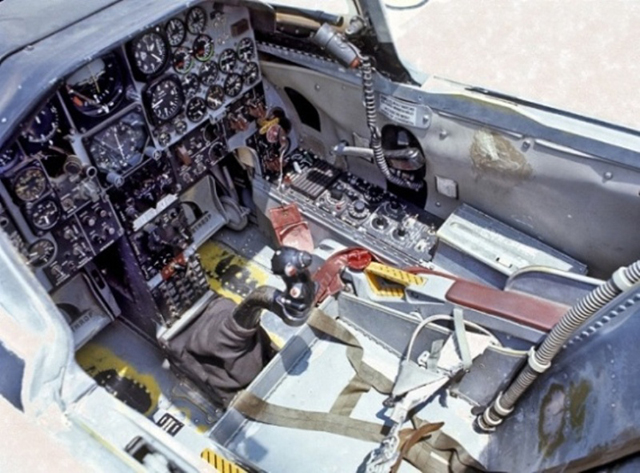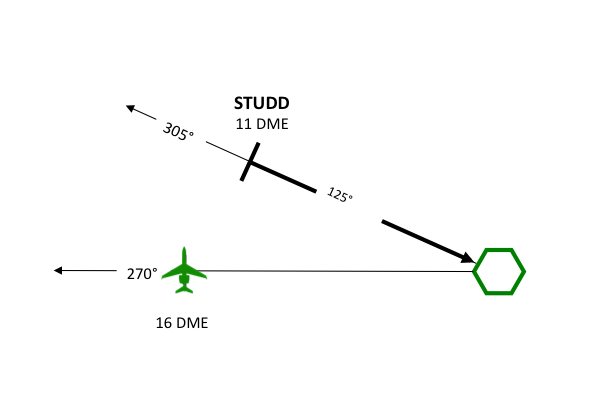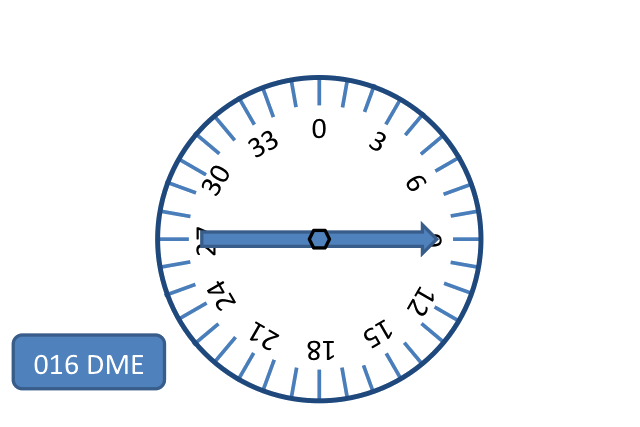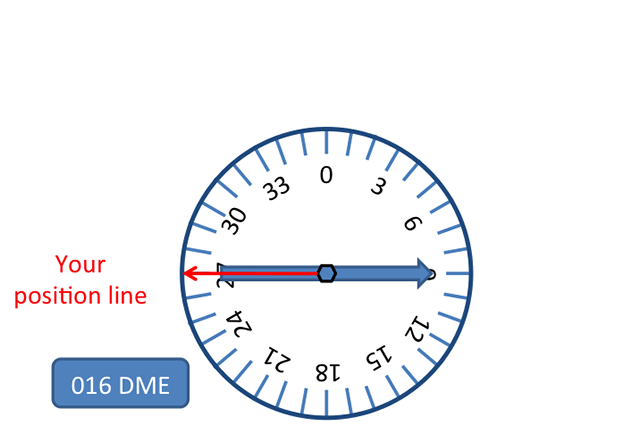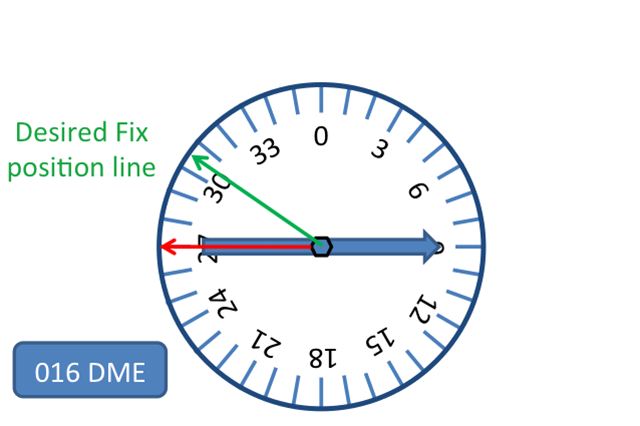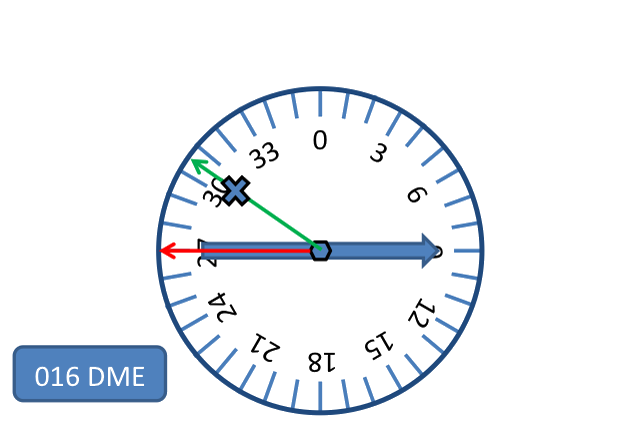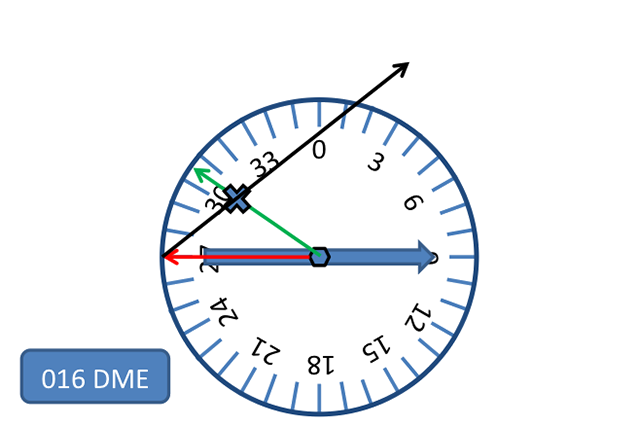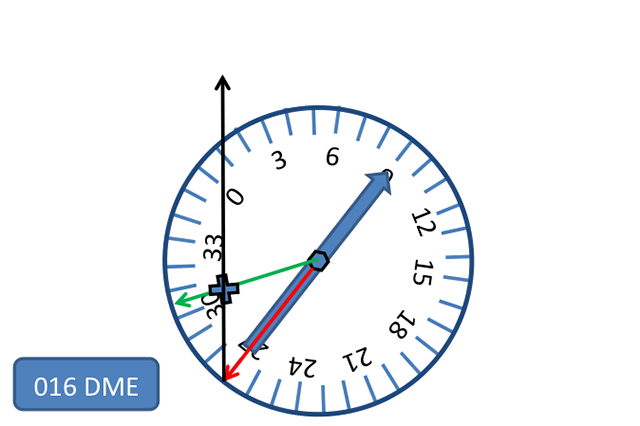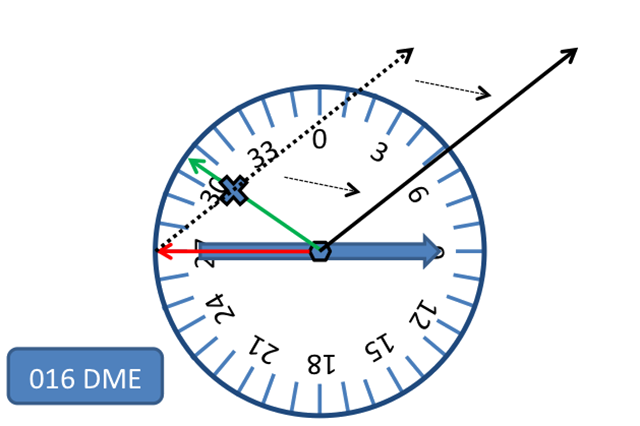Fix-to-fix navigation was the staple of instrument pilotage in the days when avionics consisted of vacuum tubes and needles, as opposed to ones and zeroes. While at the 89th, in the 1990's, we used the method more as a manhood test than as a means of navigation. But no more; I am told the Air Force doesn't even allow the practice these days.
— James Albright
In a fix
1979
“Good morning studs,” the instructor began day one of the T-38 instrument phase — in Air Force pilot training we were not allowed to think of ourselves as students, we were studs — “Today you learn the secret of point-to-point navigation.”
The T-38 was a marvelous aircraft and had two things going for it when flying instruments that the T-37 did not: a flight director and DME, distance measuring equipment. Now by just looking at a gage, we knew our distance to a radio station. It was marvelous. What we still didn’t have was an electronic method of determining our course from one point to another. It was a beautiful cockpit, but it still lacked a few creature comforts.
“You are on the 270 degree radial, 16 DME, heading north and you need to get to the 305 degree radial, 11 DME.” He let his words sink in as we all soaked in the impossibility of the task. “What will you do?”
“Request vectors,” said our class comic. We all laughed.
“Time to get out your crayons boys and girls,” he said while turning to the chalk board.
- You are the tail
- Target is the radial,
- Higher DME is the edge of the card, lower DME is inside
- Draw a line
- Move the line
- Make the line vertical
It didn’t exactly roll of the tongue. Navigating to a named point in the sky was something all instrument pilots were expected to do and it was a skill we had to master to get our wings. All Air Force pilots are instrument rated.
Looking at your Horizontal Situation Indicator, HSI, you see:
The bearing pointer is pointing to the radio station so “you are the tail.”
Our desired fix is on the 305 degree radial, “target is the radial,” as the rule says:
We are at 16 DME and the desired fix is at 11 DME, “higher DME is the edge of the card, lower DME is inside,”
“Draw a line,” the rule said:
“Make the line vertical,” which meant turn the aircraft while holding that mental image:
“From here you just wait for the tail of the bearing point to . . .”
“Rise,” we all said knowing our course intercept rules by now.
“Yes,” he agreed, “and it really is that easy. Now: a warning.” He pulled out what looked like a popsicle stick. “I don’t want to see any of you with a popsicle stick in the cockpit. Yes, you can take one of these and mark ratios of the compass card. Yes, you can use it to help visualize the target position. And yes, it does make fix-to-fix navigation easier. But it isn’t the manly thing to do. This is what they do in nav school.”
At this point, in 1979, the Air Force had graduated exactly one class of female pilots. But the sexism remained and being called unmanly was something nobody wanted. Being called a navigator? Unacceptable! The visualization was easy enough, but holding the visualization while turning the aircraft? Not so easy.
Soon many of our studs were hiding popsicle sticks in their flight suits. With a tandem seating of the T-38, the instructor would never know.
The rule was handed down on high, but it needed a little help. By then I was used to turning back to high school geometry to make sense out of many things aviation.
What we had here were simple angles that could be moved before turning the airplane. I went back to my notebook and made a change:

To fly a fix-to-fix: You are the tail, target is the radial, higher DME is the edge of the card, lower DME is inside; draw a line, transpose the line.

